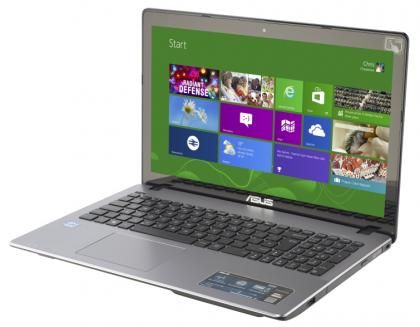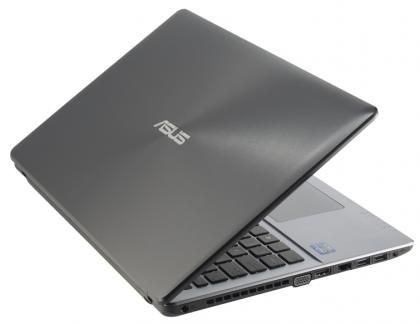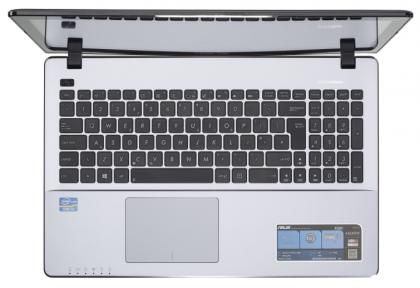We were big fans of Asus’s S series of VivoBooks when they first launched in 2012, but last year’s newer models failed to impress with their aging hardware and dimly-lit touchscreens. Thankfully, Asus seems to have found the right balance between price and performance for its latest VivoBook, the X550CA.

The X550CA’s 1.8GHz Intel Core i3-3217U processor is still a little ancient compared to other laptops with more modern Haswell processors, but paired with 4GB of RAM, it scored a respectable 32 in our multimedia benchmarks. This is exactly what we’d expect to see from this type of processor. It may struggle slightly if you have lots of applications open at the same time, but this laptop should have more than enough speed for everyday office tasks.
The integrated Intel HD Graphics 4000 chip should also be able to handle 3D games, but you’ll have to turn the graphics settings right down to get a playable frame rate. It only just scraped a pass on our Dirt Showdown test, producing an average of 15.5fps on High quality at a 1,280x720 resolution. However, we saw a much smoother 34.8fps when we set the quality to Low and disabled the anti-aliasing at the same resolution. This is impressive for such a cheap laptop, as several older Ivy Bridge-based laptops we’ve tested with this chip in the past have produced much slower frame rates under the same conditions.

The X550CA looks much smarter than your average desktop replacement as well. Measuring just 22mm thick when closed, it could almost be an Ultrabook if it weren’t for its hefty weight of 2.6kg. Its sturdy lid didn't show any signs of flex and its circular patterned finish echoes the same design found on Asus’s flagship Zenbook laptops. Likewise, the dot patterned keyboard tray and lightly textured palm rest are a welcome change from the swathes of matt plastic generally found on other budget laptops, making the X550CA look much more high-end than it really is.
The only thing that betrayed the X550CA's budget roots was the keyboard. The keys themselves were very bouncy and well-spaced, but there was a noticeable amount of flex in the keyboard tray that made the keys move up and down underneath our fingers while we were typing. This wasn’t too much of an issue in practice, as we found them perfectly comfortable for typing long text documents and it didn’t cause us to make lots of mistakes either.

The large all-in-one touchpad took a little more getting used to, as we found it was a little too sensitive when moving our cursor round the screen. This heightened sensitivity made multi-touch gestures particularly tricky to control, but fortunately we managed to make the touchpad a little more user-friendly by decreasing the pointer speed setting in the Mouse options of the Control Panel.
It’s possible to disable individual multi-touch gestures completely through Asus’s Smart Gesture application, but we'll admit they did become easier to use over time. We also liked that Asus had included a couple of three-finger gestures similar to those Apple’s Macbooks to help navigate through open applications and immediately minimise all windows to show the desktop. The transitions were a little jarring due to their incredibly slick animations, but it’s a useful addition that we’d like to see on more Windows 8.1 laptops. Fortunately, the touchscreen didn't suffer from the same sensitivity issue and we were able to use it without any problems at all.






Leave a Reply